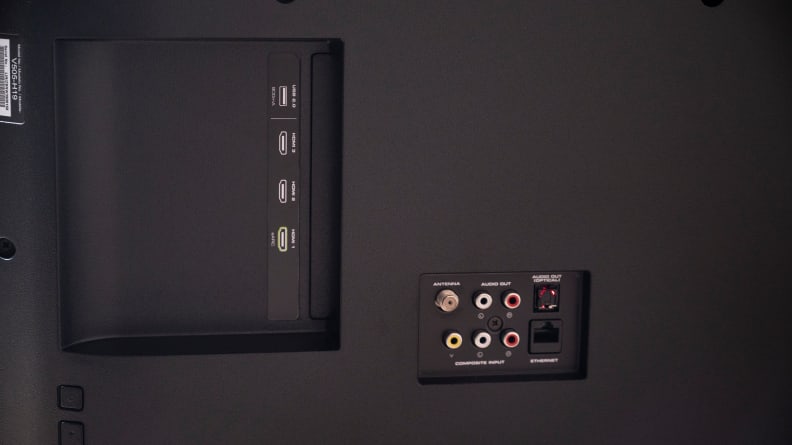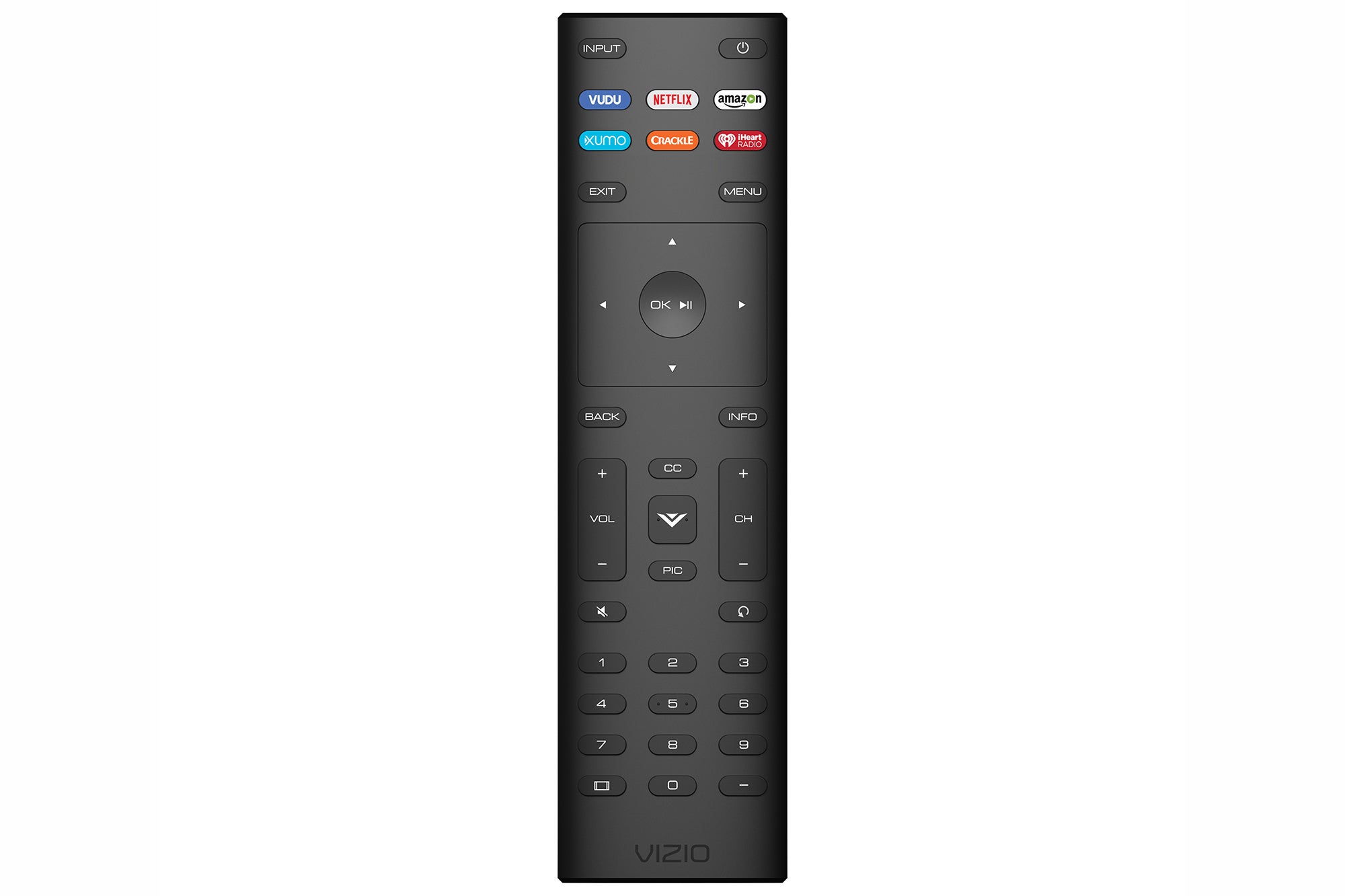

#Vizio auto brightness control tv
Standards for power ratings for TV sets have been introduced, e.g., in the US, EU, and Australia as well as in China. As for other consumer electronics products (e.g., fridges or light bulbs), energy consumption categories are enforced for television sets.

The evolution of energy standards and the increasing public expectations regarding power consumption have made it necessary for backlight systems to manage their power. The commercially called "LED TVs" are LCDs-based television sets where the LEDs are dynamically controlled using the video information (dynamic backlight control or dynamic "local dimming" LED backlight, also marketed as HDR, high dynamic range television, invented by Philips researchers Douglas Stanton, Martinus Stroomer and Adrianus de Vaan ). LED backlighting using white LEDs produces a broader spectrum source feeding the individual LCD panel filters (similar to CCFL sources), resulting in a more limited display gamut than RGB LEDs at lower cost. RGB LED technology continues to be used on Sony BRAVIA LCD models. Unwanted bleed-through channels do not "whiten" the desired color as much, resulting in a larger gamut. This was possible because red, green and blue LEDs have sharp spectral peaks which (combined with the LCD panel filters) result in significantly less bleed-through to adjacent color channels. The first commercial full-array LED-backlit LCD TV was the Sony Qualia 005 (introduced in 2004), which used RGB LED arrays to produce a color gamut about twice that of a conventional CCFL LCD television. Variations in LED backlighting offer different benefits. There are several methods of backlighting an LCD panel using LEDs, including the use of either white or RGB (Red, Green, and Blue) LED arrays behind the panel and edge-LED lighting (which uses white LEDs around the inside frame of the TV and a light-diffusion panel to spread the light evenly behind the LCD panel). LED-backlit LCDs are not self-illuminating (unlike pure-LED systems).

Ī study by the University of California (Berkeley) from January 2016 suggests that the subjectively perceived visual enhancement with common contrast source material levels off at about 60 LCD local dimming zones. The local dimming method of backlighting allows to dynamically control the level of light intensity of specific areas of darkness on the screen, resulting in much higher dynamic-contrast ratios, though at the cost of less detail in small, bright objects on a dark background, such as star fields or shadow details.
#Vizio auto brightness control full
full array local dimming (FALD): direct-lit LEDs are individually controlledĪdditionally a special diffusion panel (light guide plate, LGP) is often to be used to spread the light evenly behind the screen.local dimming: direct-lit LED clusters (rectangles, rows or columns) are individually controlled.direct-lit (DLED): LEDs form an array directly behind the screen at equally spaced intervals.edge-lit (ELED): LEDs form a line around the rim of the screen.Four types of LED arrangement may be used: LED backlights replace CCFL (fluorescent) lamps with a few to several hundred white, RGB or blue LEDs.


 0 kommentar(er)
0 kommentar(er)
